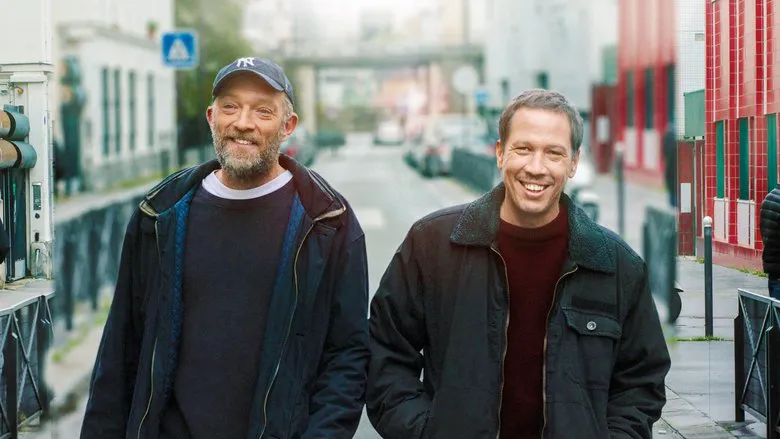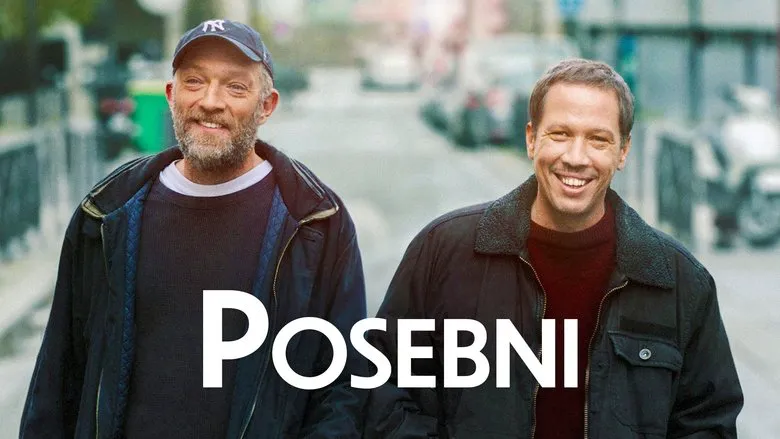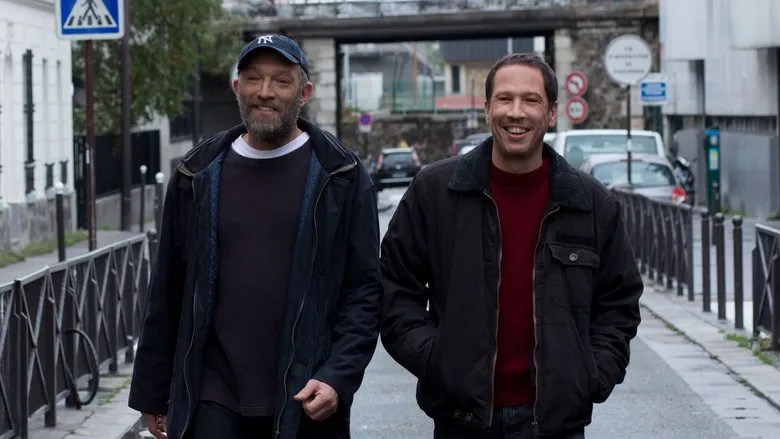American Ultra: Beyond the FBI Narrative, A Societal Mirror
On the surface, American Ultra delivers precisely what one might expect from a Hollywood spy thriller. It plunges viewers into a familiar FBI agent narrative, concluding with an invigorating shift in power dynamics: the male and female agent protagonists, alongside their astute female supervisor, effectively dismantle and reconstruct the agency’s antiquated hierarchy. The film is undeniably a quintessential example of its genre, brimming with thrilling action, sharp humor, and engaging entertainment.
However, beneath its exciting premise and comedic veneer, American Ultra resonates on a much deeper level. For many, its true impact lies not in the twists and turns of its plot, but in the striking contrasts it implicitly draws between the foundational ideologies and societal structures of the United States and countries like China.

Imagined Communities and Economic Bedrocks
To fully appreciate the film’s profound undercurrents, it’s beneficial to consider Benedict Anderson’s groundbreaking concept of “imagined communities.” Anderson, a renowned anthropologist, posited that human beings forge vast social groups not through direct interaction, but through a shared imagination. A nation, in this sense, is an “imagined political community”—a collective understanding fostered and sustained by ubiquitous societal conduits such as news media, educational systems, and popular culture. These instruments collaboratively weave a coherent narrative, cultivating a sense of unity and collective purpose among people who will never meet.
The fundamental principle that an economic base underpins and largely dictates the ‘superstructure’ (comprising politics, law, culture, and ideology), with that superstructure, in turn, guiding the economic base’s evolution, holds significant sway across most nations. Yet, the critical distinction lies not merely in the adherence to this principle, but in the unique contours and intrinsic characteristics that progressively emerge during the intricate construction of these interdependent elements.

In American Ultra, the lead characters, Mike and Phoebe, are depicted as archetypal small-town, blue-collar workers – regular wage-earners who embrace a distinctly liberal lifestyle. Their existence appears unburdened by societal judgment or restrictive norms; cigarettes and marijuana are consumed as casually as everyday commodities, indicative of an unrestricted, free-wheeling existence. This deliberate portrayal subtly highlights what might be perceived as the inherent societal advantages stemming from a capitalist economic base. Indeed, from its very inception, the United States has exhibited traits inherently conducive to the proliferation and development of a robust petty bourgeoisie – a thriving middle class built on individual enterprise and consumption. Consequently, the superstructure that naturally evolves from such a resilient economic foundation, deeply rooted in expansive industry and diverse agriculture, is inevitably distinct from those found in differently structured societies.

Divergent Paths of Development
The United States, broadly speaking, can be understood as a nation forged around a novel ideology – one primarily characterized by an insatiable and relentless drive towards the exploration, exploitation, and innovation of the material world. Its societal development has historically been propelled by empirical discovery, technological advancement, and economic expansion.

In stark contrast, the developmental trajectory of other nations, such as China, has often been—at least in certain periods—more explicitly guided by the superstructure itself, actively shaping and refining its ‘imagined community.’ This approach might manifest through continuous ideological revolutions targeting both the superstructure and, by extension, the economic base, aiming to reshape collective consciousness and societal structures. Conversely, the American superstructure, despite its dynamic cultural shifts, has remained comparatively more stable and resistant to radical fundamental alteration.

The Weight of Imagination and Materialism
For nations in a less developed state, or those undergoing profound societal transformation, the most paramount task frequently revolves around forging a cohesive and unwavering “imagined community.” In such contexts, the tangible, material world might sometimes appear secondary or mundane, while the collective human heart and its shared sense of identity become the supreme politico-cultural concern, simultaneously a powerful unifying force and a potentially significant burden. The intricate complexity evident in the United States, however, stems from its overwhelmingly intricate and continuously innovative material world. This has bred an unprecedented variety of goods, services, and opportunities, fostering a culture of profound autonomy.

Nevertheless, this very pervasive materialism and an ethos of boundless openness, while fueling innovation and personal freedom, have arguably also contributed to certain societal vulnerabilities. In recent times, one consequence has been a noticeable societal drift towards more extreme political ideologies, particularly on the right, as the inherent tensions between untamed individual desires and collective societal needs become increasingly pronounced.

Ultimately, American Ultra serves as more than just a typical action-comedy. Through its seemingly straightforward narrative, it invites viewers to ponder deeper questions about the unseen forces that shape nations, the subtle ways economic realities mould cultural identities, and the distinct challenges faced by societies built upon divergent ideological and material foundations.
